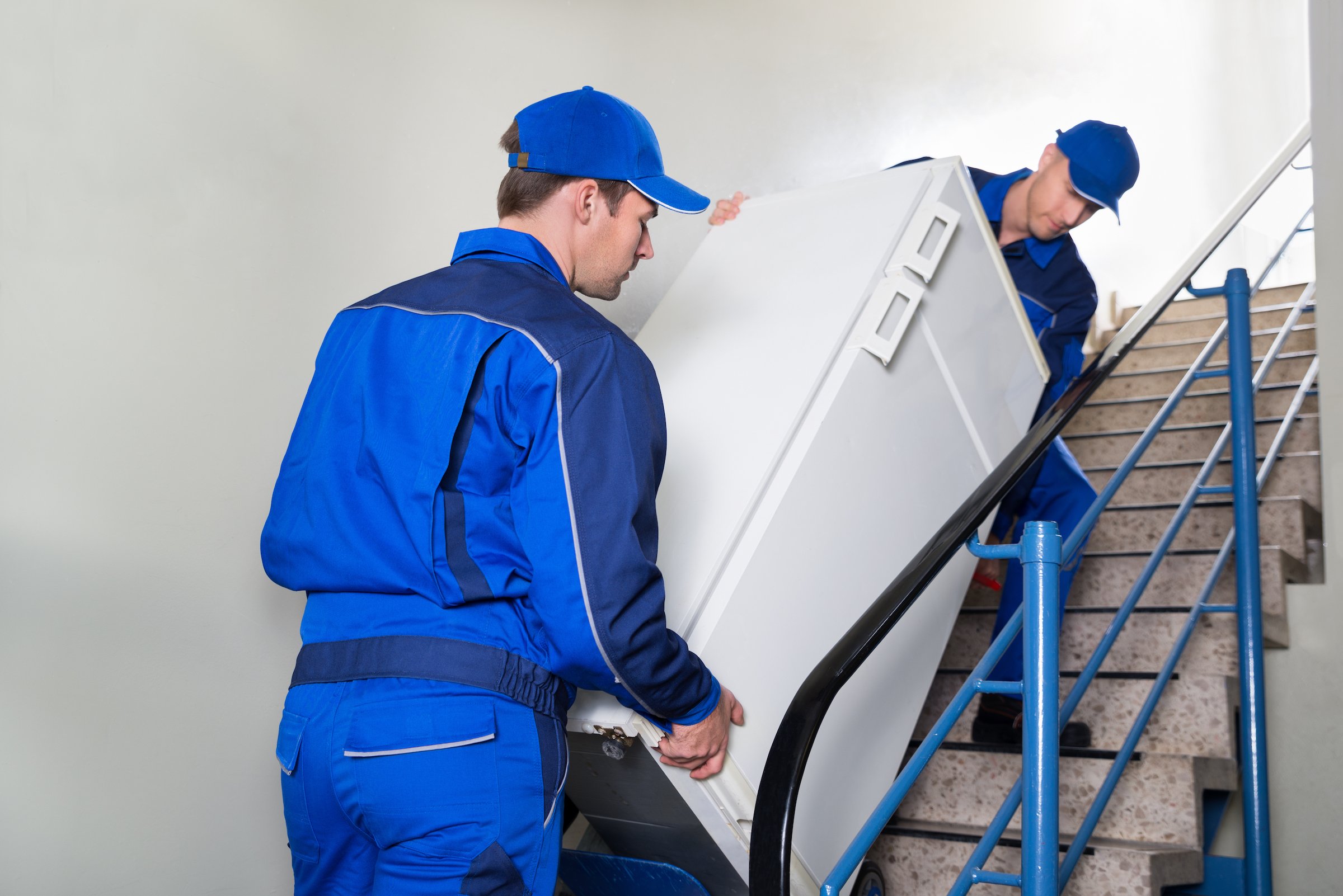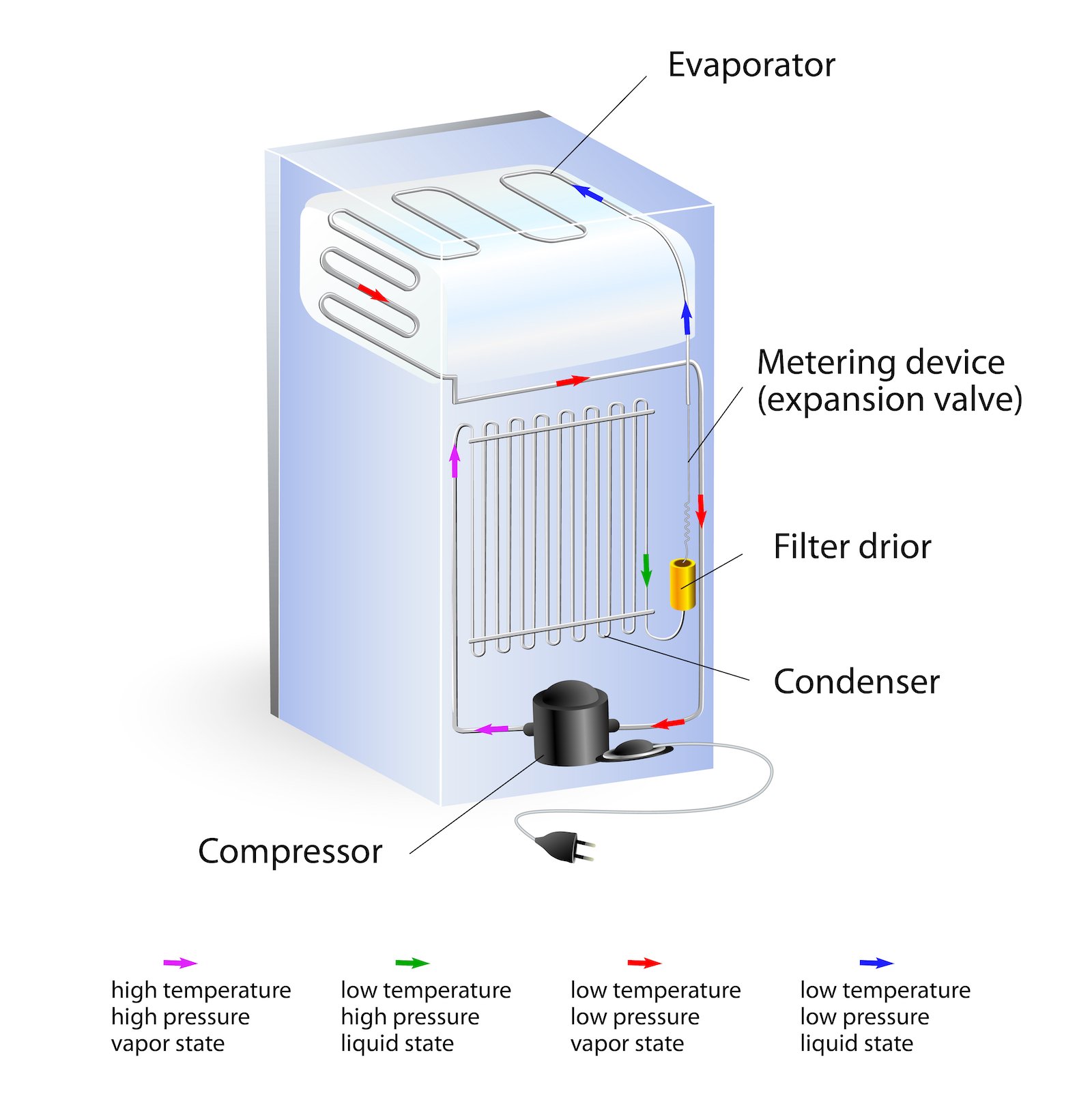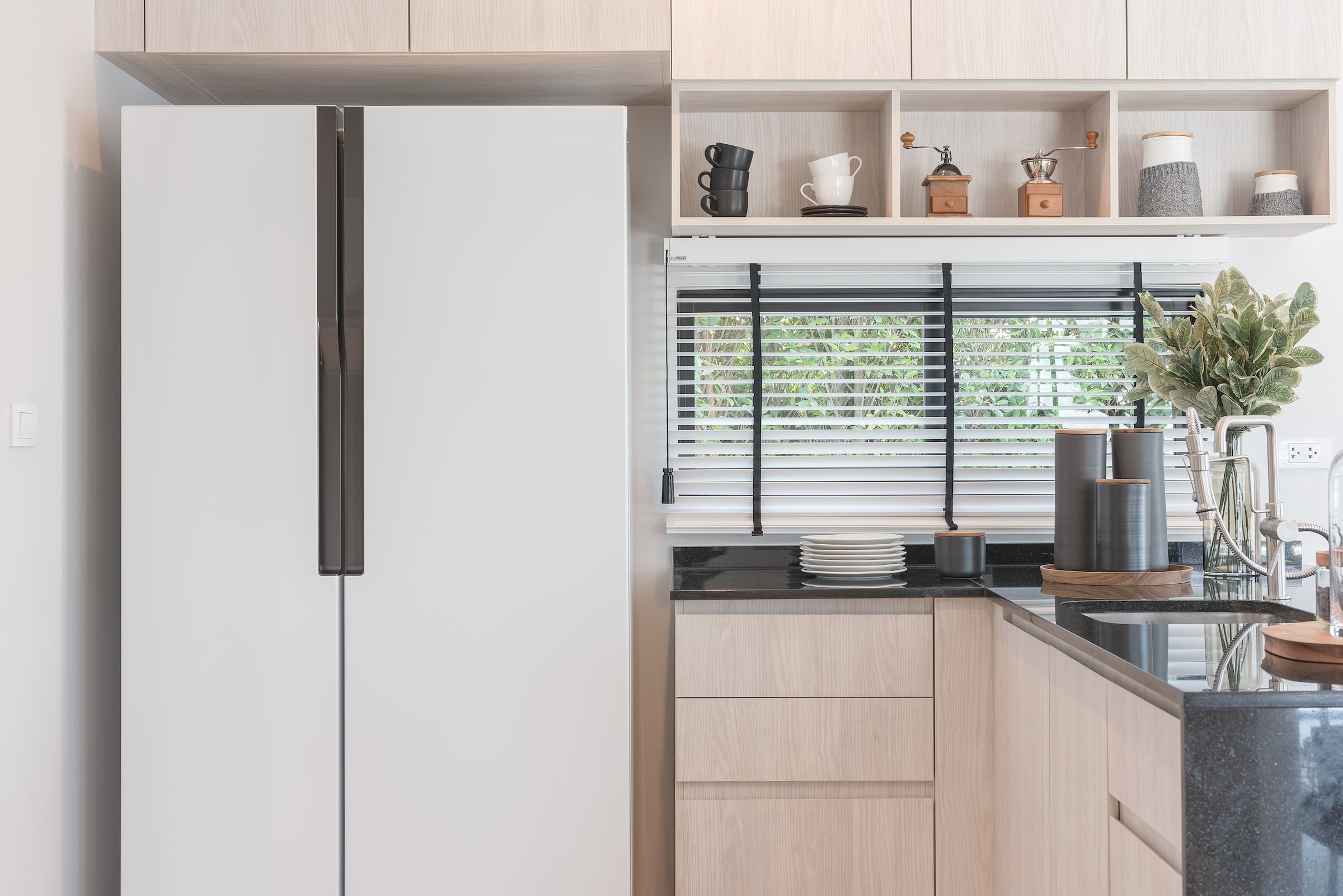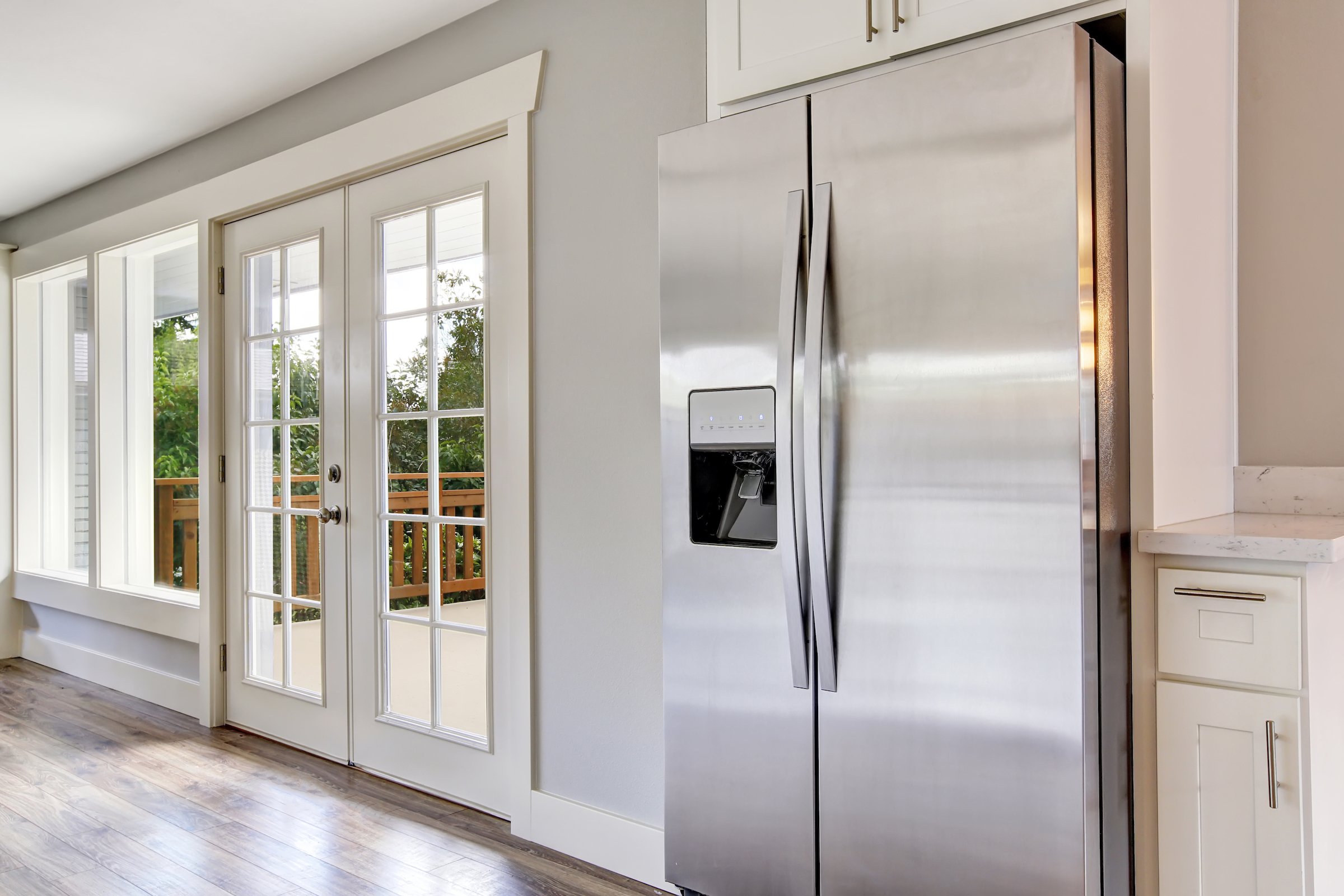Does It Hurt a Refrigerator to Lay It on Its Back
One question we're frequently asked is whether moving a fridge lying down can cause problems when you try to turn it back on. Our answer is that moving a fridge takes a lot longer if you're lying down! Jokes aside, it can, in fact, be problematic to transport a refrigerator on its side for a number of reasons. Read on for an answer to "can you lay a fridge down on its back," as well as our helpful refrigerator moving instructions and what you can do if there's no way around moving a fridge on its side. Besides this, placing a refrigerator flat on its back is a major no-no: the weight of the fridge can damage its internal parts, even if they're not exposed. Some manufacturers warn not to move any of their refrigerators, or certain models, on their side under any circumstances. Liebherr, for example, says that its compressor brackets are designed to absorb vibrations from the compressor when the fridge is running in an upright position – moving it sideways can put lateral strain on it that it's not designed to absorb. The GE website lists which models are suited to be moved on their side if necessary and which models must never be placed horizontally. Models that must remain upright at all times include: all French door, bottom freezer, compact, and built-in refrigerators. If you're unsure about your refrigerator, consult the manufacturer's guide or website. Much refrigerator shelving is made of glass, which can easily break due to the shifting that occurs when you move it. Remember, these shelves are made to slide out easily, and even if you have the refrigerator flat on its back, they can bounce up and shatter or crack on the downswing. This also brings us to the next point – the refrigerator doors. Though refrigerator doors are built with a slight vacuum seal, this is far from enough to keep the doors closed during moving. While it may seem easy enough to prevent this by laying the fridge on its back, it's also important to remember to account for the direction that the compressor line faces. A good rule of thumb is to leave the refrigerator upright and unplugged for the same amount of time that it was lying on its side. If it was on its side for two hours, leave it upright and unplugged for two hours. If it was delivered on its side, or was sideways for more than a day, then give it a full 24 hours before plugging it in. If you've got an appliance in need of fixing, Puls has got you covered. We offer a full array of electric appliance repairs nationwide. We fix washers, dryers, refrigerators, ovens, and more, and, with our easy online booking, you can schedule a time slot in just moments. And with our 90-day guarantee on parts and labor, you can be sure the job is done right. Book your time slot with a certified Puls technician and your appliances will be working again in no time. What Happens When You Lay a Fridge on its Side
 When a refrigerator is horizontal, the oil from the compressor will start to move out and into the coolant lines, clogging them. If you absolutely cannot avoid moving a fridge lying down, then it's possible to try and minimize oil leakage by placing the refrigerator on a side so that the compressor tube is facing upwards – in other words, if the compressor lines run out of its right side, lay the fridge on its left.
When a refrigerator is horizontal, the oil from the compressor will start to move out and into the coolant lines, clogging them. If you absolutely cannot avoid moving a fridge lying down, then it's possible to try and minimize oil leakage by placing the refrigerator on a side so that the compressor tube is facing upwards – in other words, if the compressor lines run out of its right side, lay the fridge on its left.Can You Lay a Fridge Down on its Back if You Pay Attention to the Compressor?
 Even without considering the inner workings of your fridge, there are some pretty simple reasons why it's not a great idea to lay a fridge down on its back when moving it. Assuming you've removed all the food and drinks inside (we can't help but imagine the world's grossest milkshake), there is still the issue of drawers, doors, and shelving.
Even without considering the inner workings of your fridge, there are some pretty simple reasons why it's not a great idea to lay a fridge down on its back when moving it. Assuming you've removed all the food and drinks inside (we can't help but imagine the world's grossest milkshake), there is still the issue of drawers, doors, and shelving.How to Turn on A Fridge That's Been Lying on its Side
 If you've moved a fridge on its side – or if it was delivered to your home on its side – it's important not to plug it in right away, or risk damaging the compressor.
If you've moved a fridge on its side – or if it was delivered to your home on its side – it's important not to plug it in right away, or risk damaging the compressor.Refrigerator Moving Instructions
 Follow these tips and save yourself some headache whether transporting your refrigerator on its side or standing up.
Follow these tips and save yourself some headache whether transporting your refrigerator on its side or standing up.
Refrigerator Need Fixing? It's Cool, Puls Can Help

Does It Hurt a Refrigerator to Lay It on Its Back
Source: https://blog.puls.com/moving-a-fridge-on-its-side-lying-down

0 Response to "Does It Hurt a Refrigerator to Lay It on Its Back"
Post a Comment